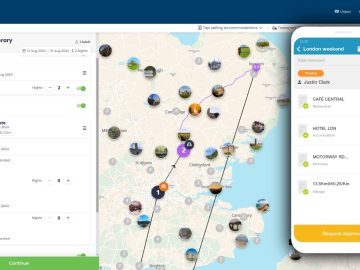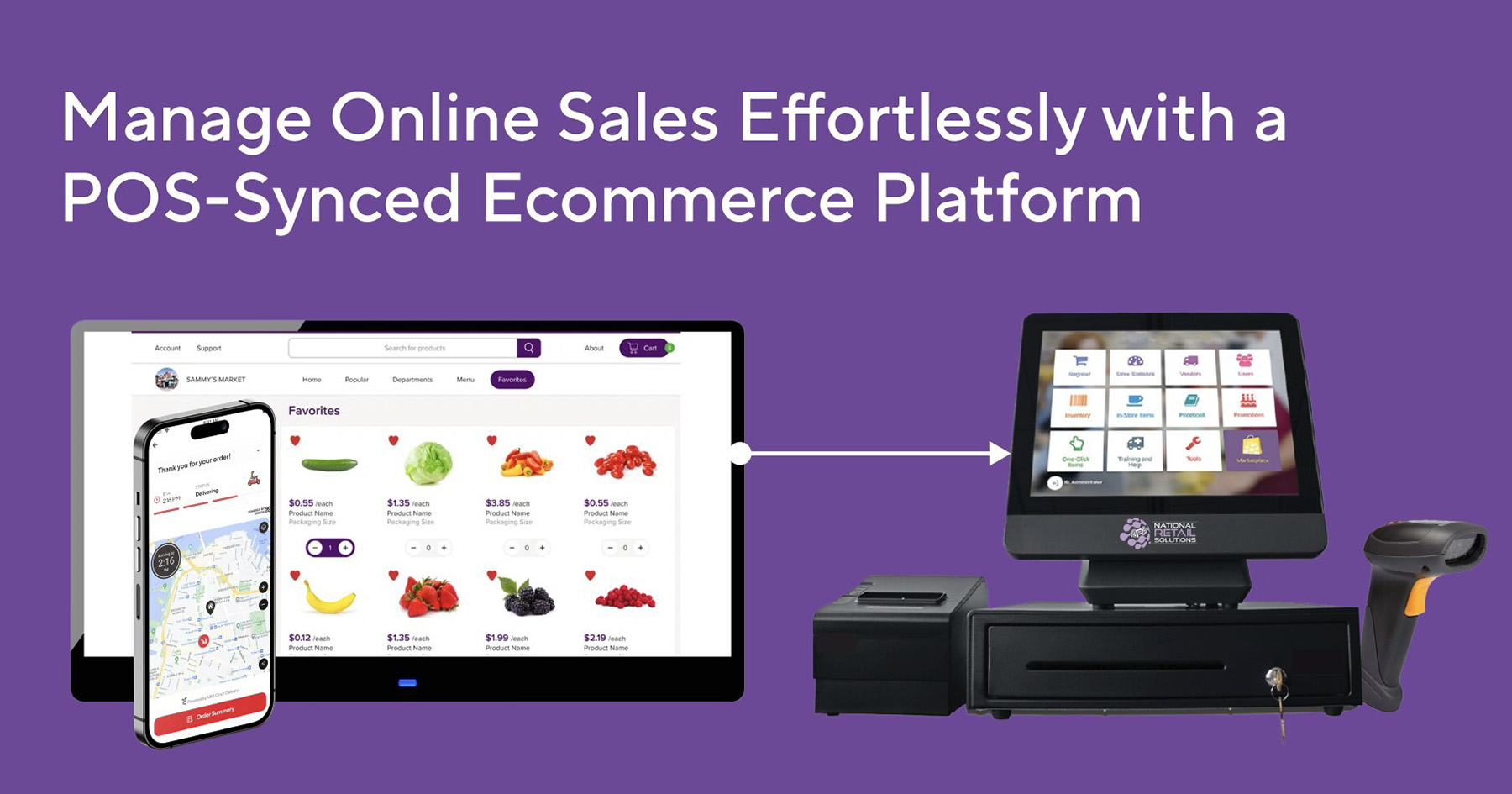Aakriti Kapoor, CEO and Co-founder of Lumos Digital Consulting
In today’s digital age, while online marketing might remain an elusive topic, most businesses recognise the importance of investing in advertising to achieve both short-term and long-term goals.
In a world where everyone is vying for your attention, it is crucial to capture interest effectively without overwhelming the user. This is where a clear digital strategy comes into play.
In my years of experience at leading tech companies like Pinterest and Snapchat, and now as the owner of Lumos Digital Consulting, I have encountered numerous scenarios where clients face specific marketing challenges. Here, I discuss three common issues and the strategies that have proven effective.
Leverage multiple platforms for optimised performance
Question: “We prefer to spend our budget on Google Search because it helps us achieve our KPIs, so why should we consider other social platforms?”
While Google Search is a powerful tool for capturing high-intent users, relying solely on one platform can limit your reach and potential growth. Like most people, you likely use different platforms, such as YouTube, Instagram, Snapchat, and TikTok, for various purposes. Similarly, consumers interact with multiple platforms throughout their day, and a cross-platform strategy can significantly enhance your brand’s visibility and engagement.
Platforms like Snapchat, Instagram, and TikTok have particularly high engagement rates in the Middle East, especially among younger demographics.
A study by Nielsen found that campaigns integrating multiple digital channels achieved a 24 per cent higher conversion rate than those using a single channel. Hence, businesses that only focus on one platform incur an opportunity cost
Actionable tip: Diversify your marketing spend across several social media platforms, tailoring your content to the unique strengths and audience demographics of each platform. This ensures you reach your audience at different touchpoints, fostering greater brand recall and engagement. Then optimise the campaigns towards your KPIs and performance.
Improve conversion rates through website UX and A/B testing
Question: “The quality driven by the platform is not optimal as we are getting a good CTR, but the conversion rate is below average. What should we focus on to improve this?”
One crucial aspect often overlooked by businesses is the user experience (UX) of their website and the conversion flow. A high click-through rate (CTR) indicates that your ads are compelling, but if visitors drop off without converting, the problem likely lies within your website. And if you see similar figures across platforms, it means you need to optimise the user experience of your website.
 Lumos Digital Consuting’s Aakriti Kapoor recommends consistent A/B testing | Image sourced from Unsplash.
Lumos Digital Consuting’s Aakriti Kapoor recommends consistent A/B testing | Image sourced from Unsplash.
According to a study by Forrester, a well-designed user interface could raise your website’s conversion rate by up to 200 per cent, and a better UX design could yield conversion rates up to 400% per cent. Additionally, mobile internet usage is especially high in the Middle East. Ensuring that your website is mobile-friendly is crucial for capturing this on-the-go audience.
Data shows that the UAE has one of the highest mobile internet usage rates, with significant investments in 5G technology driving further growth in mobile data consumption.
Actionable tip: Conduct regular A/B tests on your website’s landing pages, forms, and call-to-action buttons. Simplify the user journey and ensure the website is mobile-friendly, as 52 per cent of global internet traffic now comes from mobile devices.
Enhance signal strength for better targeting
Question: “The campaign is not meeting our conversion KPIs even after optimising it. What can we do to improve performance?”
In today’s age of privacy, effective targeting and performance hinge on the quality of the data signals you send to platforms. Many businesses miss out on advanced tools like the Conversions API (CAPI) that enhance signal strength, leading to better-targeted ads and improved campaign performance. The more sources of signals you have, the greater the chance of finding your target audience and driving conversions.
Using CAPI in addition to the standard pixel can improve event match quality by 10–20 per cent, leading to a 20–30 per cent increase in return on ad spend (ROAS), according to Facebook.
Actionable tip: Implement tools like CAPI and enhanced conversions along with pixel events across different platforms. These tools help send more accurate and complete data back to the platforms, ensuring your ads are shown to the most relevant audiences, thereby improving conversion rates.
To summarise, the above strategies cover the foundational elements of a strong digital strategy. By leveraging multiple platforms, optimising website UX through A/B testing, and enhancing signal strength for better targeting, you can ensure your digital marketing efforts are successful.
Effective marketing is not just about reaching your audience; it is also about engaging them meaningfully and driving them to take action. Implement these strategies to see a substantial improvement in your digital marketing outcomes.
By Aakriti Kapoor, CEO and Co-founder of Lumos Digital Consulting.





